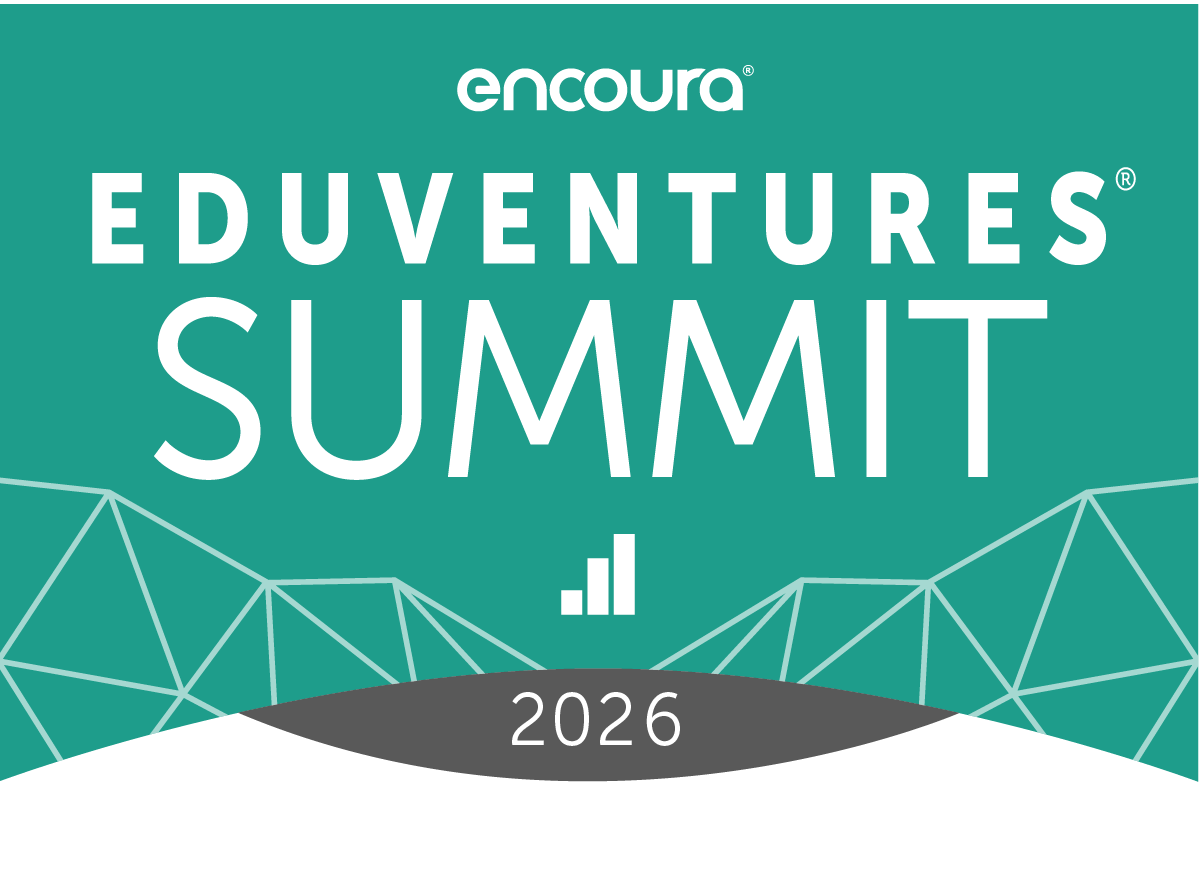Choosing the right college is hard enough. For many 17- and 18-year-olds, choosing the right college and the right major can feel impossible. “Undecided” consistently ranks among the top 10 major selections for first-time students in the Eduventures Admitted Student Research™, yet these students report significantly lower confidence in their college choices than peers with defined academic goals.
Given that academics remains a leading motivator in college selection, how can enrollment teams help “Undecided” students feel more confident about their choices?
“Undecided” Student Confidence
Admitted students face many decisions ahead, and for the “Undecided” students, the unknown of college plus the unknown of their academic selections can create a different kind of uncertainty. Figure 1 compares the confidence levels among those who selected “Undecided” as their major to those of all first-time students.

Figure 1.
Figure 1 shows a 17 percentage point gap among those who selected they are “very confident” in their college choices between “Undecided” students and all other students. This confidence gap matters. Students with lower confidence in their college choices may signal potential for higher melt. Students with lower confidence may keep their options more open and seek additional reassurance in their college choices. Looking further down the student journey, this uncertainty may also impact their sense of belonging and engagement on campus. Student confidence reveals that without an academic driver, “Undecided” students may find it more difficult to find affinity to their college choices.
This confidence gap raises an important question: What are “Undecided” students looking for when making their college choices? The Eduventures Student Mindsets™ reveal what drives “Undecided” students and how institutions can better align messaging and programs to meet them where they are.
The Role of the Eduventures Student Mindsets
The Eduventures Student Mindsets describe how students approach college search and selection, accounting for the outcomes, experiences, and motivators that shape their decisions. Figure 2 shows the Student Mindsets of “Undecided” students segmented by the types of institutions students chose.

Figure 2.
Figure 2 shows that, regardless of institution type, “Undecided” students most often identify with the Social Focus Mindset (31% “Undecided” students vs. 21% all students), those who prioritize connection, belonging, and engagement. While they may still be exploring their academic directions, “Undecided” students are ready to find their places socially. They are motivated by connection — looking for community, activities, and belonging.
- For institutions, this means that social messaging can be just as influential as academic content for “Undecided” students. Highlighting student organizations, campus traditions, and community spaces helps them picture themselves on campus, strengthening both their confidences in fit and their emotional connections to your institution.
The other predominant Mindsets among “Undecided” students are Experiential Interest (18%, same as all students) and Exploration and Meaning (17% vs. 11% all students). While distinct from each other, both emphasize engagement that feels purposeful and enriching. Experiential Interest students value hands-on learning connected to real-world application and career, while Exploration and Meaning students are globally oriented and drawn to opportunities that make an impact such as study abroad, service learning, or social innovation initiatives.
- For institutions, this means that messages showcasing active, applied, and mission-driven learning experiences can resonate deeply with “Undecided” students, helping them see how exploration on your campus can lead to both personal and professional growth.
Public vs. Private. Clear nuances also emerge when comparing Mindsets of “Undecided” students who chose public vs. private institutions. Private institutions enroll a higher proportion of Exploration and Meaning students, reflecting liberal arts and mission-driven traditions. At public institutions, however, Career Pragmatist students slightly edge out Exploration and Meaning students, consistent with perceptions of public institutions as affordable and accessible. Still, “Undecided” students enrolling at public institutions show a five percentage point higher share of Exploration and Meaning compared to all students, suggesting these environments also appeal to students seeking purpose and connection.
- For institutions, marketing that emphasizes community and campus experience can build confidence in their college choices. Many may feel a version of academic “imposter syndrome,” unsure of what to study and therefore less certain about where they belong.
Beyond messaging, institutions can reinforce belonging by developing programs that help “Undecided” students envision their paths forward. Early advising, exploratory seminars, and integrated experiential learning can transform uncertainty into engagement, showing students that exploration itself can be a strength.
Case Study: Adelphi University
Adelphi University offers a strong example of how to intentionally support “Undecided” students as they explore academic fit. The university offers exploration workshops and “360 courses,” classes that explore a broad topic from multiple perspectives and feature collaboration with various campus experts. Furthermore, Adelphi has re-envisioned its General Education courses to “promote self-discovery, shared experiences, diverse and inclusive instruction, and socially engaged community action.”
Adelphi’s efforts reflect the Student Mindsets of “Undecided” students, creating tangible ways for them to see their paths while also providing opportunities to engage with campus, find community, and explore interests. In doing so, Adelphi translates the Social Focus and Exploration and Meaning Mindsets into actionable programming — making belonging and discovery part of the curriculum.
The Bottom Line
“Undecided” students want reassurance that they will fit in and that their college choices are right for them, even without a defined major. Enrollment teams can build confidence by emphasizing opportunities to connect, engage, and explore, showing that students don’t need to have it all figured out to find their places.
Institutions that go further, developing tailored programming that helps students navigate both campus life and academic discovery, will stand out. This means going beyond career assessments by creating experiences and support systems to build stronger connections with these students. Supporting “Undecided” students is not just about guidance; it’s about transforming uncertainty into confidence and long-term commitment.

